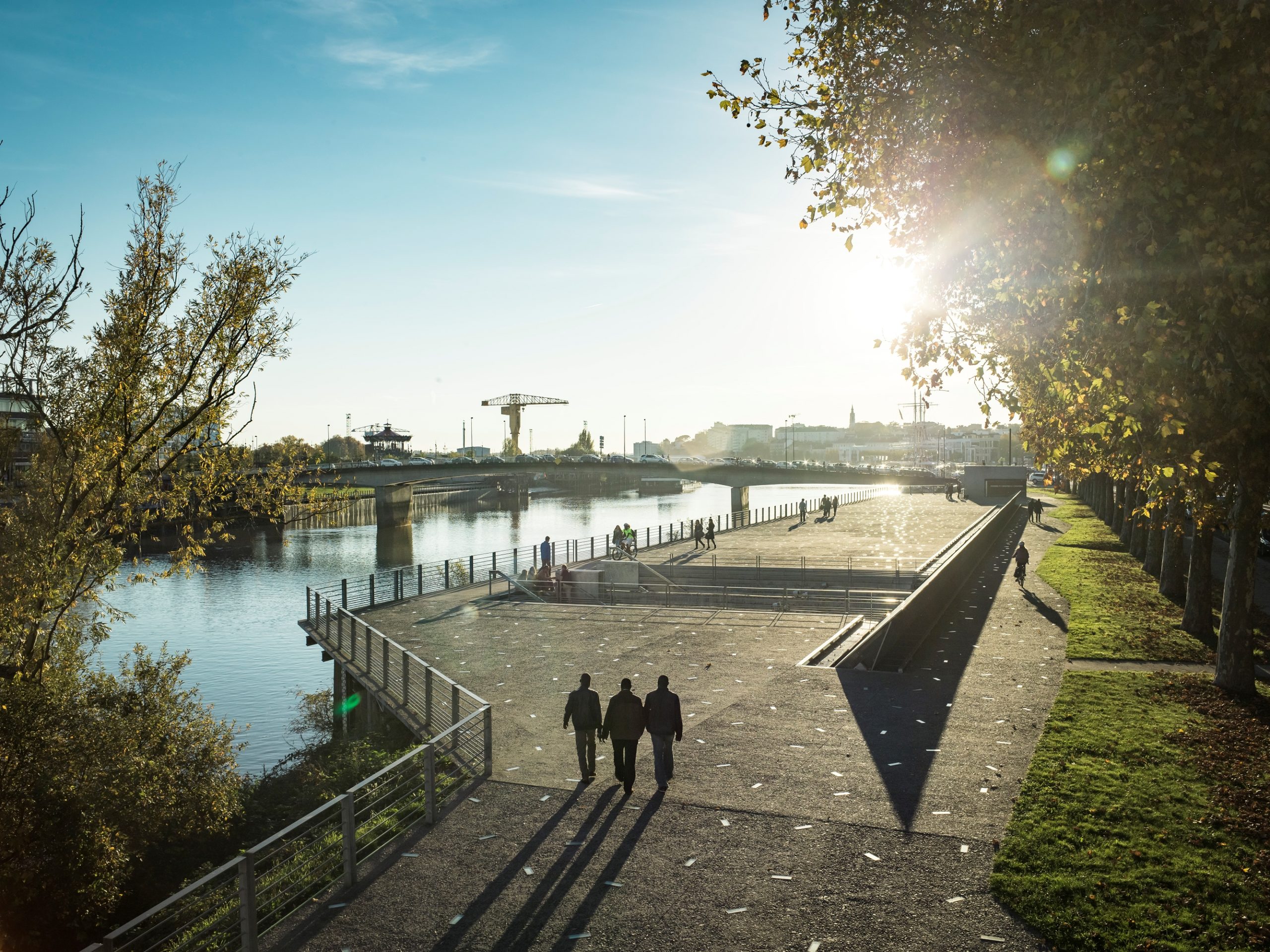
Residing in the Upper Brittany region of Western France, upon the Loire River, is the city of Nantes. Only the sixth most populated city in the country, Nantes does not necessarily enjoy the same level of touristic activity of other French cities such as Paris, Marseille, or Nice. However, just a couple of days in Nantes will show you it has plenty to offer culturally, gastronomically, and in many other ways.
From Monday, April 17th until Thursday, April 20th, I and five journalists from UK and Irish publications flew (from Dublin and Manchester, respectively) to Nantes for a press trip organised by Le Voyage à Nantes, the office of tourism for the city, translated in English as The Journey to Nantes. And what a trip it was.
Stepping off the plane at Nantes Airport, we were immediately greeted by a warm Spring air and the promise of an enjoyable three days ahead. From the airport we were whisked away to the city centre and to our hotel for the duration of our stay, Hôtel de France Océania (****). There, we were greeted by Hélène and Pech of Le Voyage à Nantes. The ladies were on hand with information packs for the group filled with everything one needs to know about Nantes and what to do there. We were then given some down time to relax and reset before dinner. I took this opportunity to walk aimlessly around the city centre, as I always do in a new city. I couldn’t have asked for a better evening to do so as a hazy sunshine and 20-degree heat offered the perfect setting to explore (see photos below).
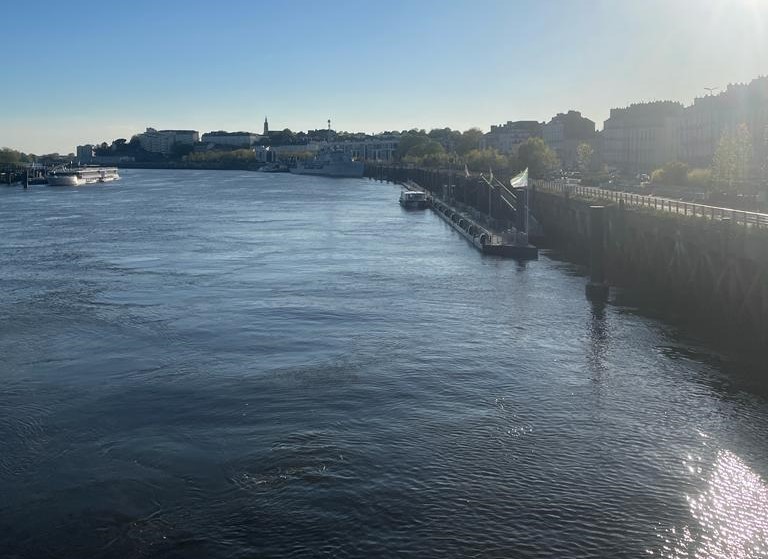
As the sun began to unwind, we gathered as a group and made the extremely short journey to La Cigale for our first dining experience of the trip. A set menu of local cuisine was put on offer to the group paired with a bottle of Muscadet, a white wine that is synonymous with region. Deliciously sweet and light, Muscadet would become a running theme and a bonding point for the group as we had it with almost every meal (excluding breakfast, of course). After the meal at La Cigale, the group retired for the evening with a full itinerary awaiting us the next day.
An early start the next morning was made better by a buffet breakfast in the hotel, fixed with many food items you would expect from a French stay. The freshly made pain au chocolat was my particular highlight. Hélène accompanied us for our first of many guided tours. We took the city’s tram service north, to Stade de la Beaujoire, home of Nantes FC, the local Ligue 1 side, but more importantly a host stadium for upcoming Rugby World Cup. With the Irish rugby team set to take on Tonga in the stadium on September 16th, it was a fantastic opportunity for the group to see the facilities first hand both from a fan and from a team perspective. We were shown around the stadium by Camille Marie (Nantes Métropole) and Anaelle Blanchet (RWC Venue Director) and given an insight into the history of the stadium and the lengths being gone to, to ensure that it is ready to welcome fans from across the globe for the spectacle that is the Rugby World Cup.
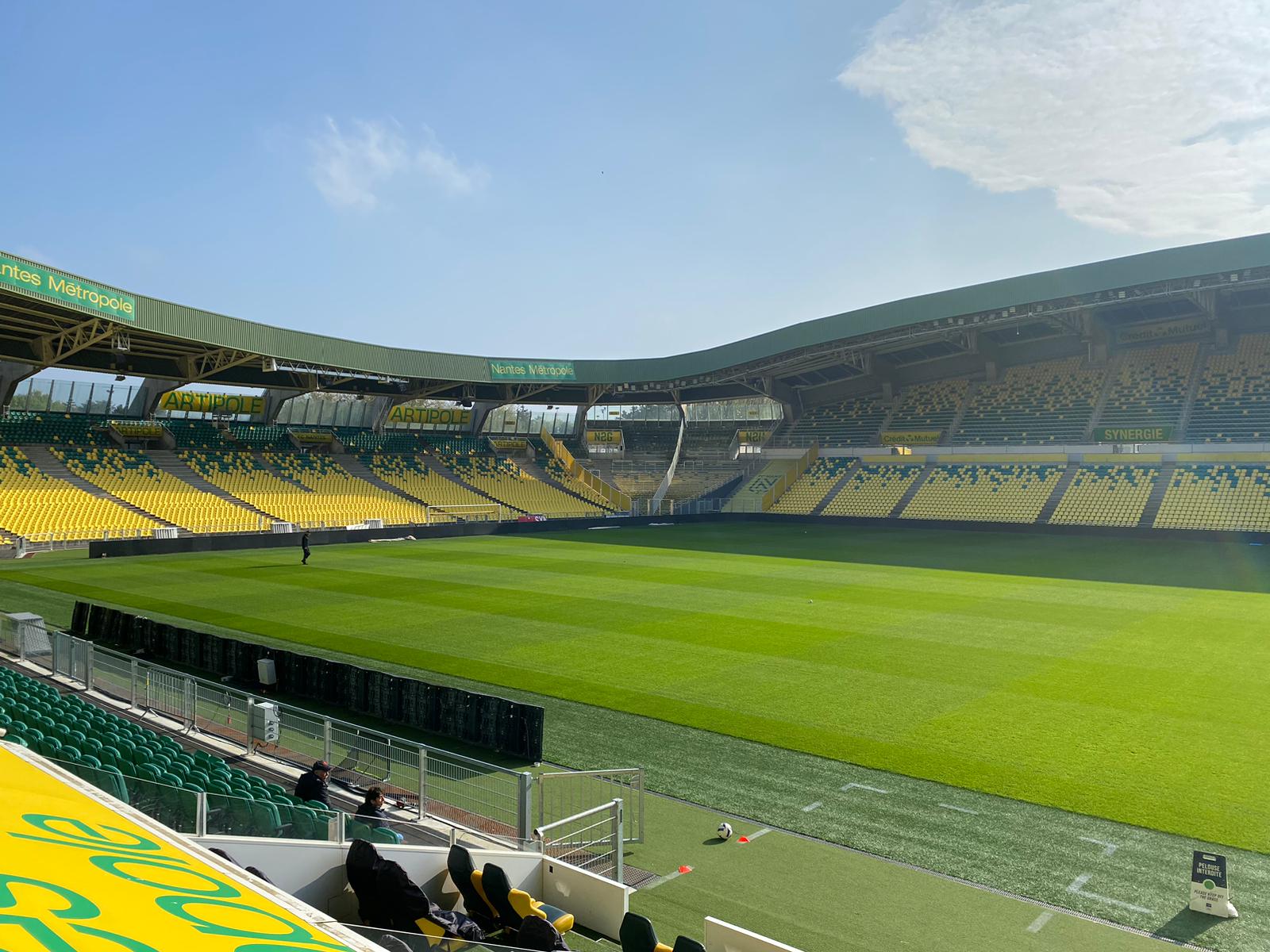
After the tram back to the city centre, we then made our way to Le Coin des Crêpes for lunch with Xavier Theret, Head of International Promotion and Relations for Le Voyage à Nantes. Over two courses of savoury and sweet crepes washed down with a local cider, Xavier enlightened us with the work he had been doing over his time with Le Voyage à Nantes to promote the city across all corners of the globe. We were then introduced to Margaux Louet, who would act as our tour guide and encyclopaedia of Nantes for the next two days. Across two hours of walking around the city centre, Margaux showed us some of the most historically and culturally significant sites of Nantes, following the green line (literally painted on the ground) that connect these sites. As pictured below, one of our first stops was the breath-taking Jardin des plantes, one of France’s premiere botanical gardens. We were also shown the immense Castle of the dukes of Brittany, whose buildings find their origins in the 15th century and contains a wealth of historical significance to not only the city of Nantes, but the wider region of Brittany.
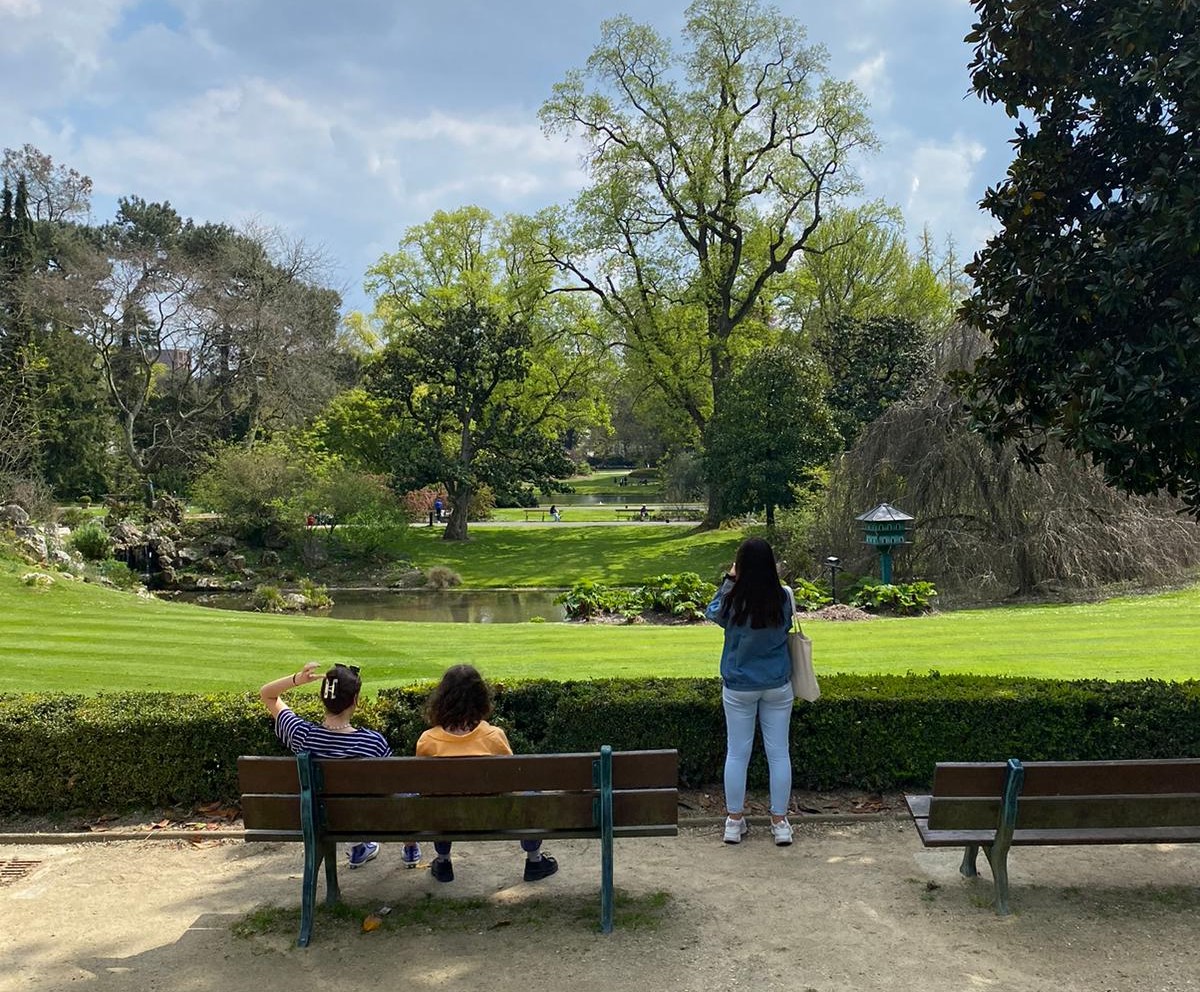
Once we had let our feet rest for a couple hours, we then headed back out for dinner at L’Aristide. From prawns to steak tar tar, to profiteroles for dessert (my favourite), the group were left thoroughly satisfied, with our customary Muscadet providing the perfect accompaniment to our meal. A special thanks to our waiter Louis, who provided a 10/10 service for our evening. On our way back to the hotel, there was time for a brief stop at Le Mac, an Irish pub only a stones throw from our accommodation. One of the journalists, Ed, had never had a Guinness before so we were all glad to be present for that landmark.
In the morning, after another stellar breakfast, we were once again joined by Margaux for part two of the tapestry of history, culture, and natural beauty she had begun the day before. However, the day began in rather sobering fashion, as Margaux introduced us to one of the darkest, yet significant sites in the city, the Memorial to the Abolition of Slavery. Taking you underground, the memorial details a timeline of Nantes’ role in the slave trade of the 18th Century. In fact, Nantes was the most active of any ports in France at that time in the movement of slaves across the world.

From there, we made the short walk to Ile de Nantes for an exploratory walk around the city’s island that divides the path of the Loire in two. We were shown some of the fantastic sites such as Grue Titan Jaune, a huge yellow crane, symbolising the industrial roots of the city. We were also able to enjoy a ride on the Carrousel des Mondes Marins. We also visited Les Machines de l’Ile, an old industrial factory that manufactures mechanical animals of all shapes and sizes. Maybe most impressive is the Grand Éléphant, a gigantic mechanical elephant that tourists can sit atop as it trapses around the yard outside the factory. It is even fit with a fully functional trunk that will spray water upon anyone brave enough to get too close. Margaux then brought us to the architectural wing of the local university where students’ works are proudly put on full display for the passing public to admire. Margaux then brought us to the train station for the second part of the day’s itinerary.
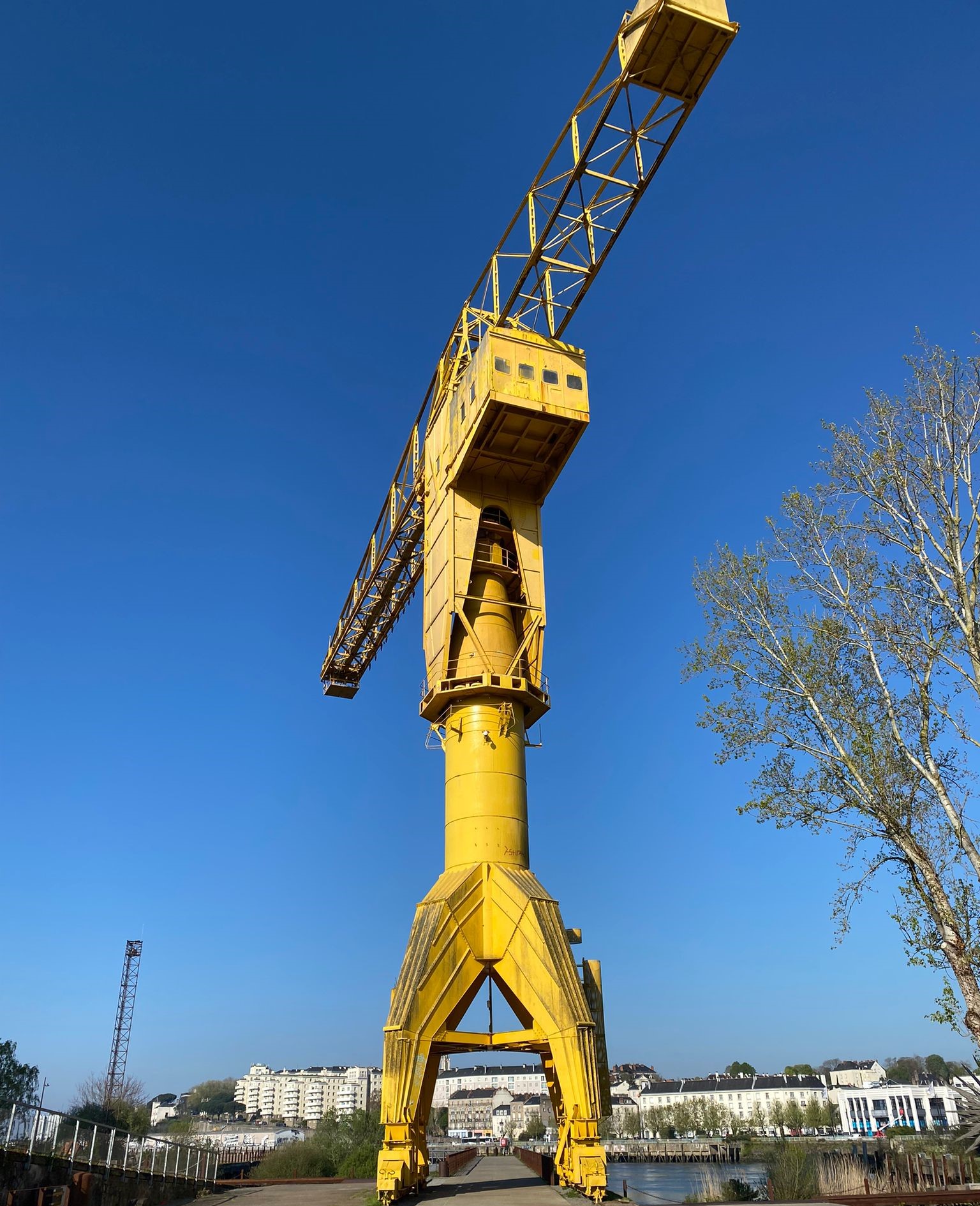
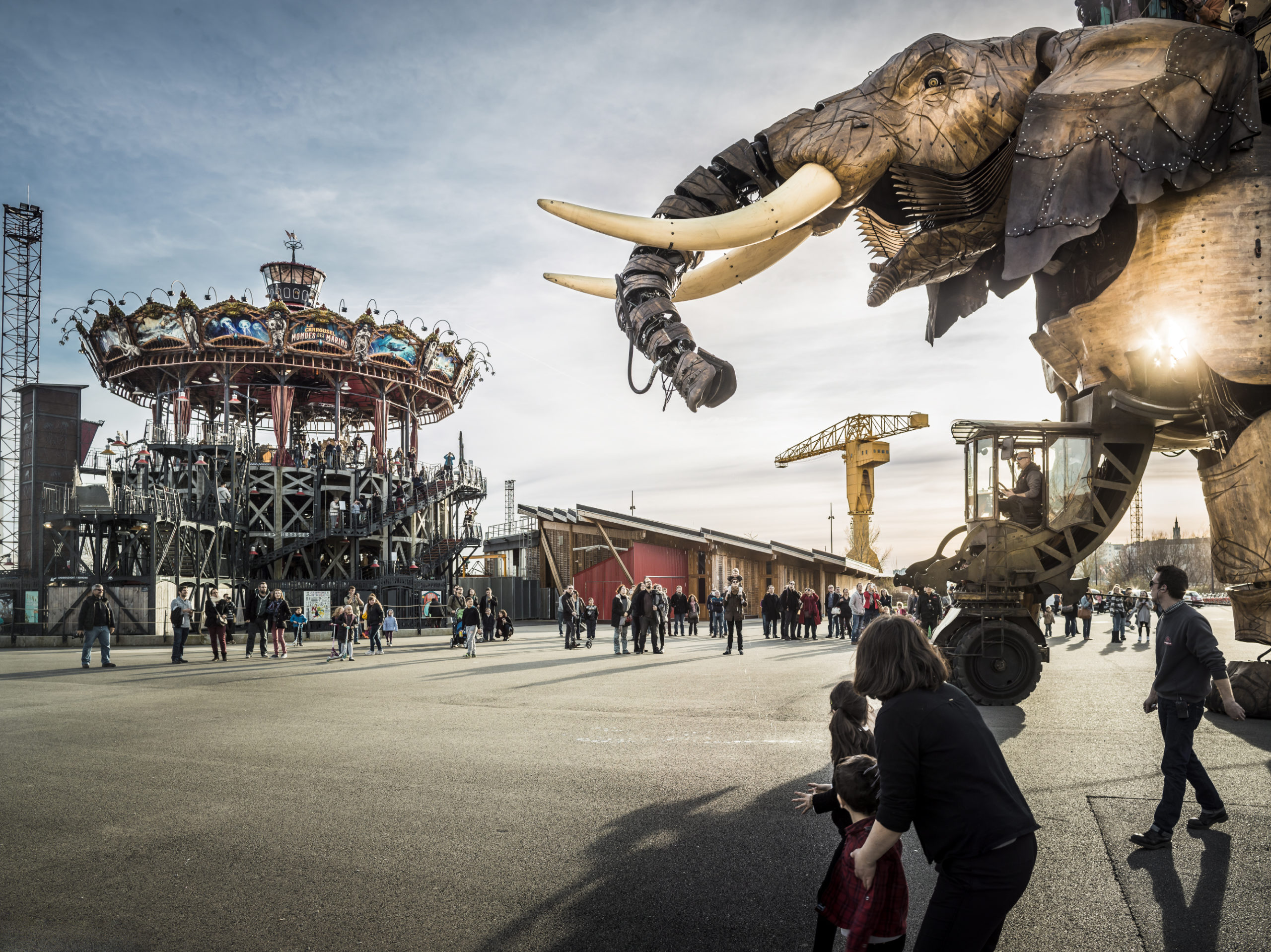
A short train ride southeast out of the city brought us to the idyllic village of Clisson. Inspired by Tuscan architecture, this sleepy village is a sight to behold, particularly with clear skies and sunshine. The Chateau de Clisson towers over the village with the sparkling waters of La Sévre Nantaise completing the look of a village taken straight out of a storybook. Nathalie Petitjean of Le Vignoble de Nantes was on hand to greet us off the train and bring us for another fabulous lunch at La Villa Saint-Antoine. We were then greeted by local guide, Thierry Fort, who brought us around the village including the Garenne Lemot park that offered spectacular views of the castle. Thierry even told us about the annual heavy metal festival that takes place there. Thierry then left us to explore Clisson by ourselves. With the sun making us slightly hot under the collar, the only solution was to sit at the local Centr’Halles Café and enjoy one or two glasses of Muscadet, which at €1.50 a glass, was too good to turn down as we killed time before our train back to Nantes.
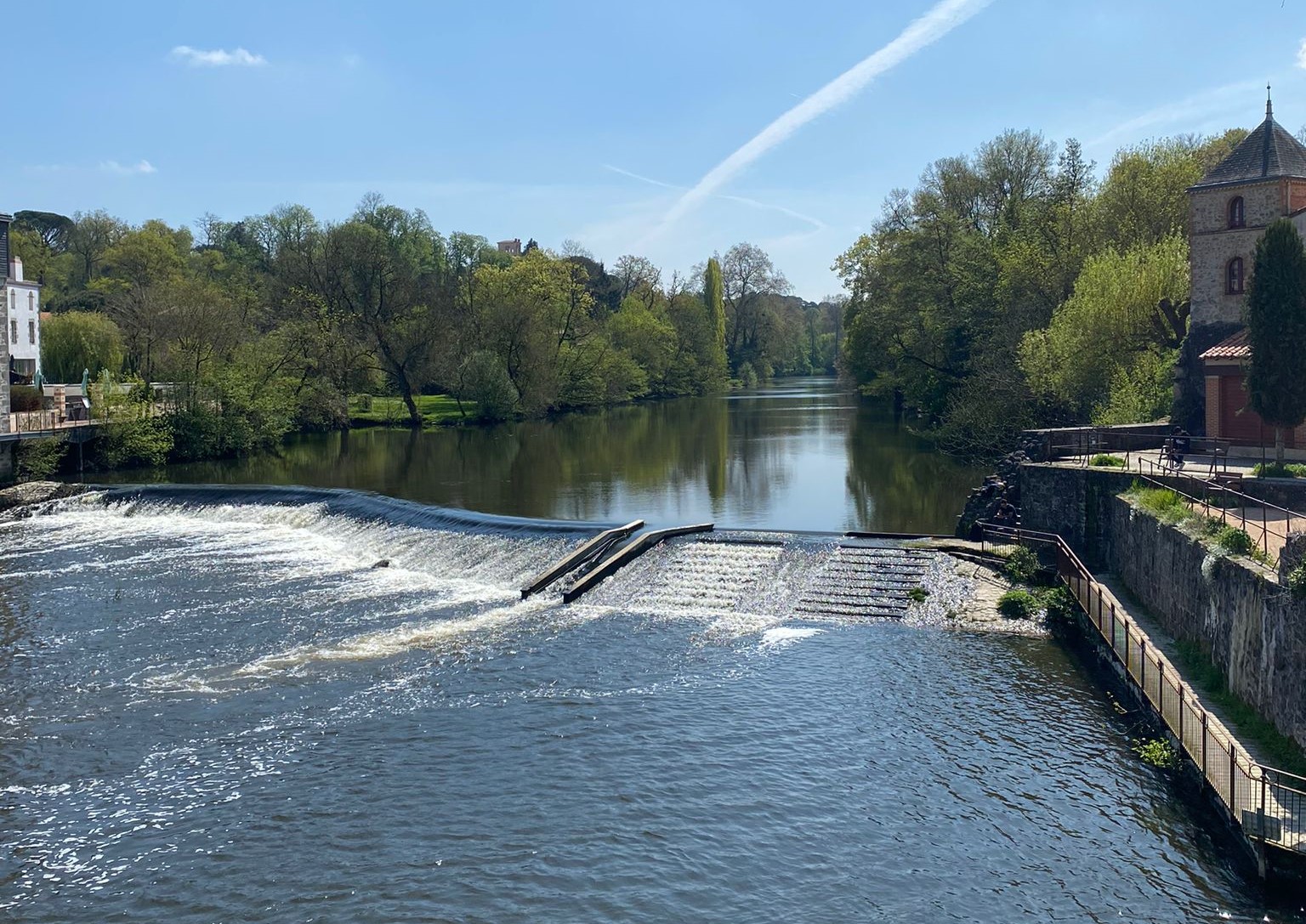
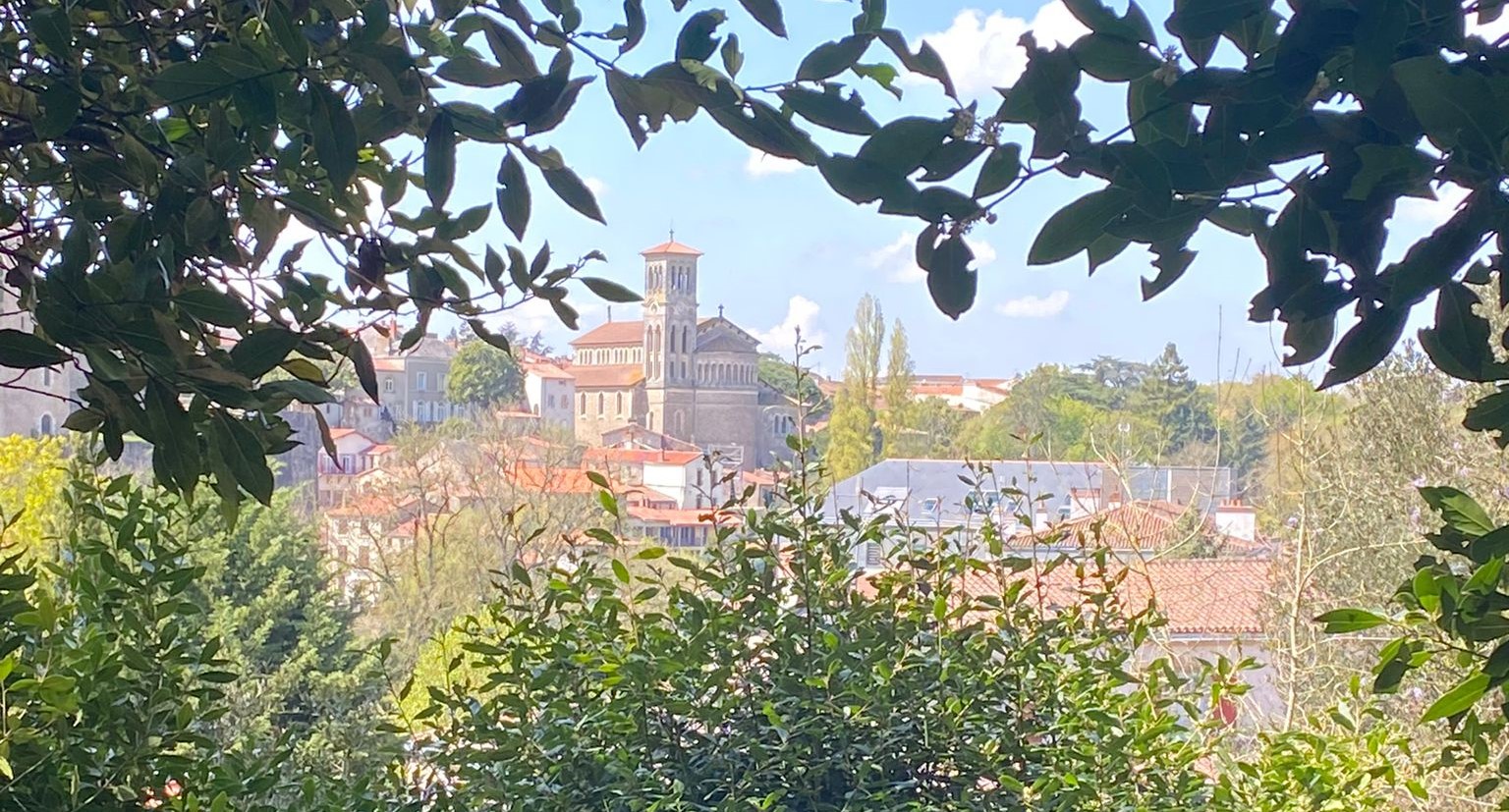
After a brief rest back at the hotel, it was time for our final night in Nantes. We called into Salut Marcel for a glass of you-know-what before our final dinner at Song Saveurs et Sens, rounding out what had been the most enjoyable three days in West France. An early taxi brought us to the airport and back home to Ireland and the UK, bringing an end to our Voyage à Nantes. Enough thanks cannot be given to Xavier, Hélène, Pech, Margaux, Nathalie, Thierry, Camille, Anaelle, and everybody else we met along the way. Truly an unforgettable experience.
Nantes, a city of history, a city of culture, a city of natural beauty, and a city of truly fantastic wine.
Written by Colm McDonnell
